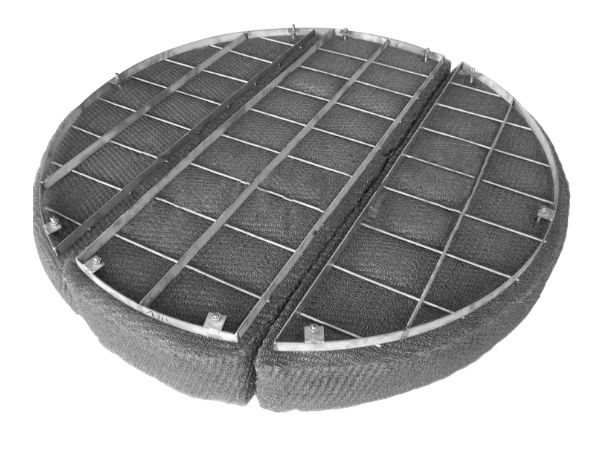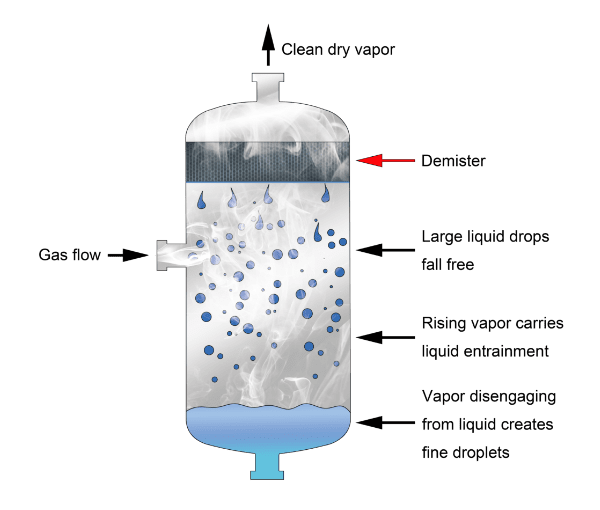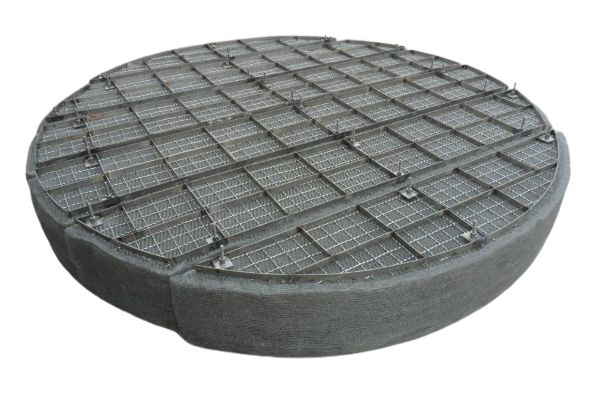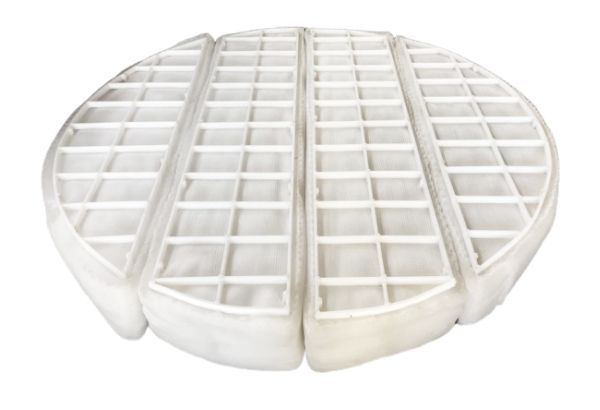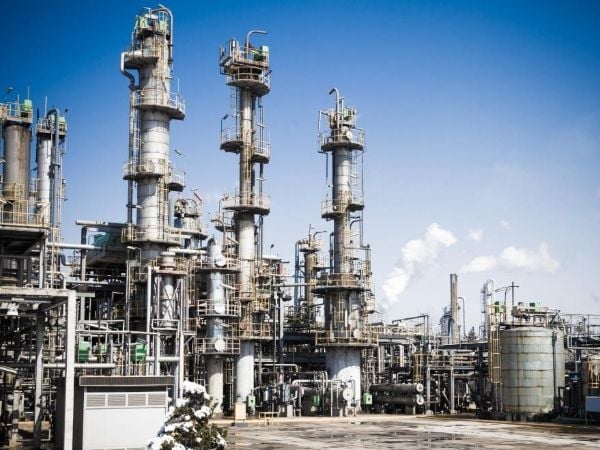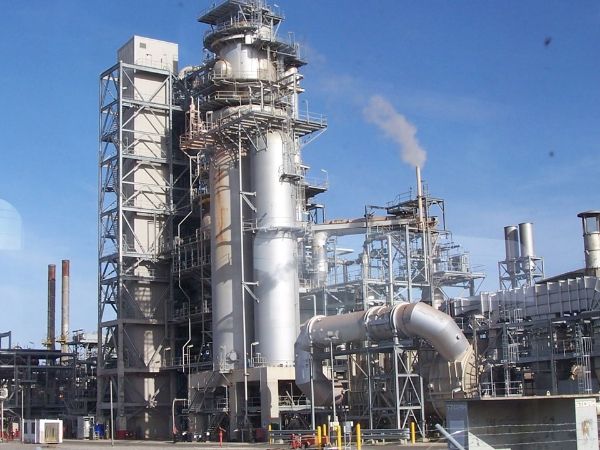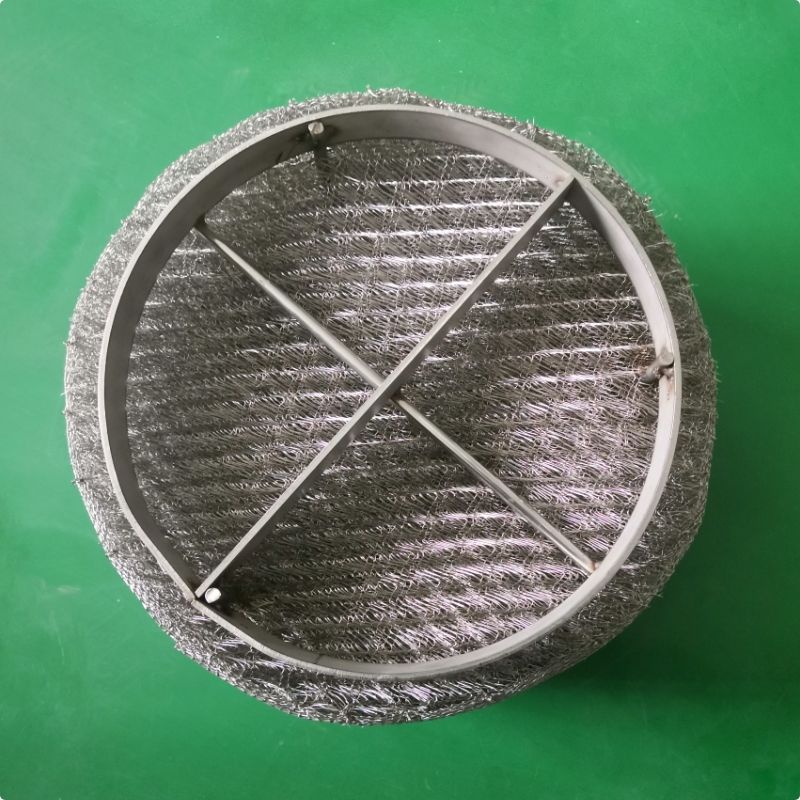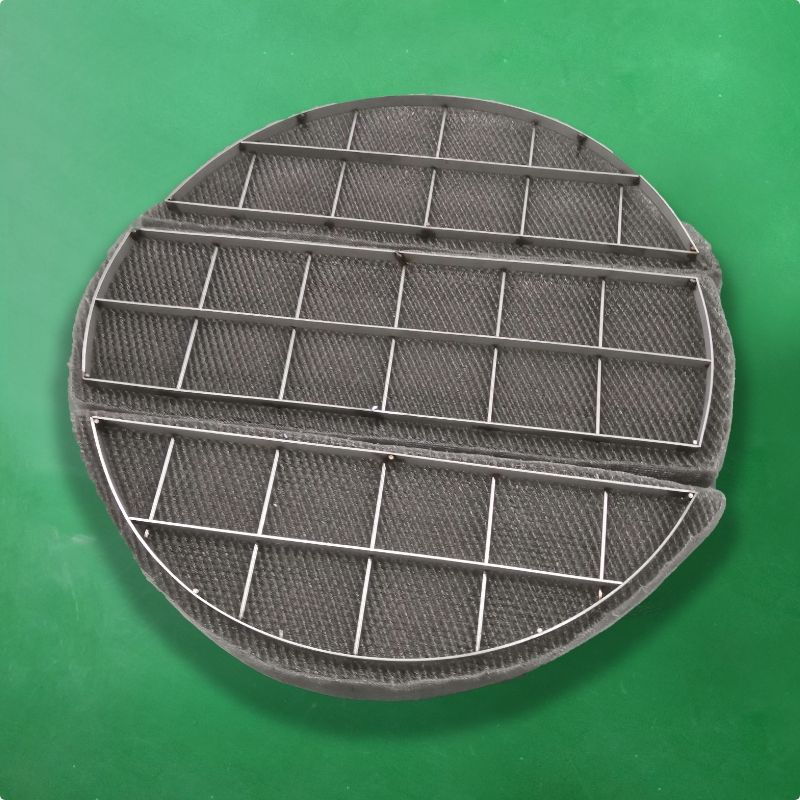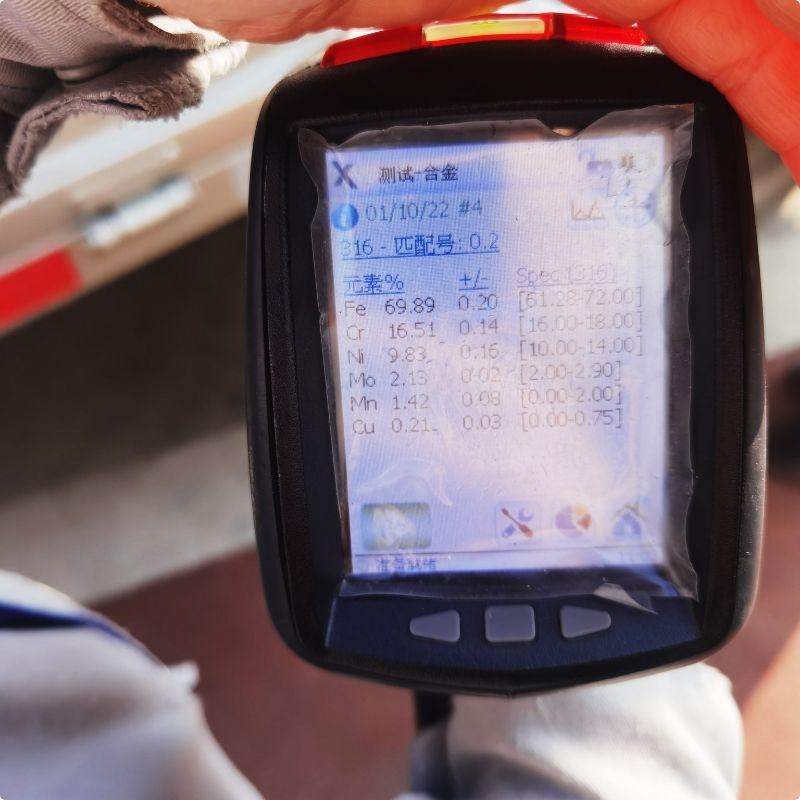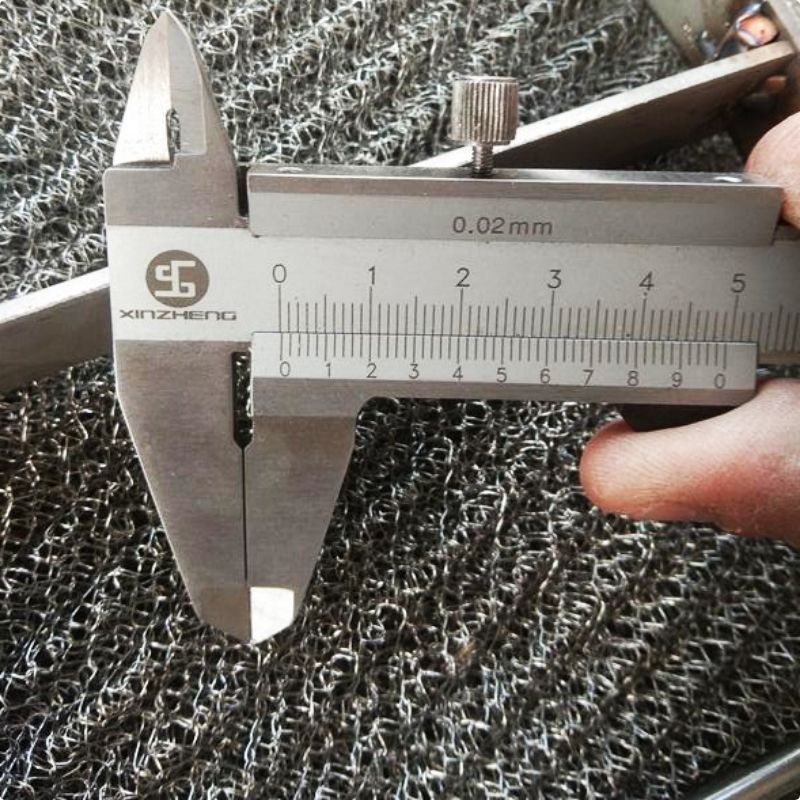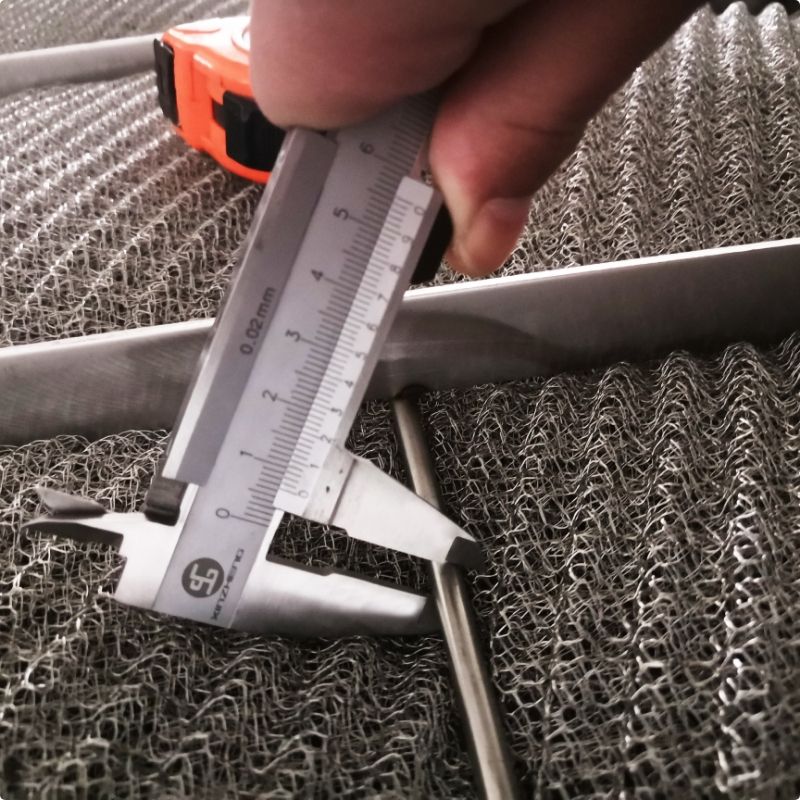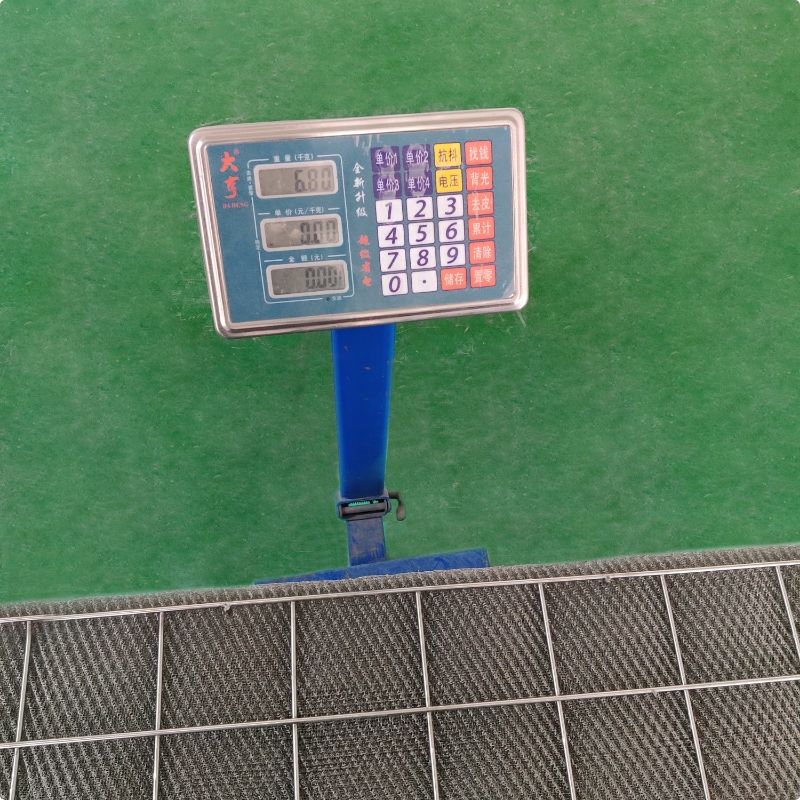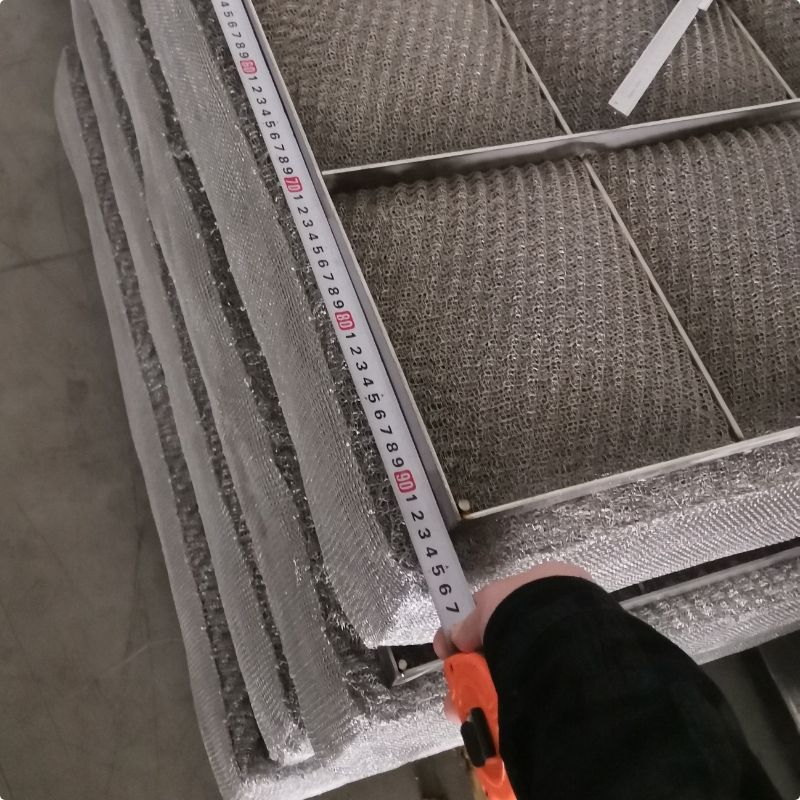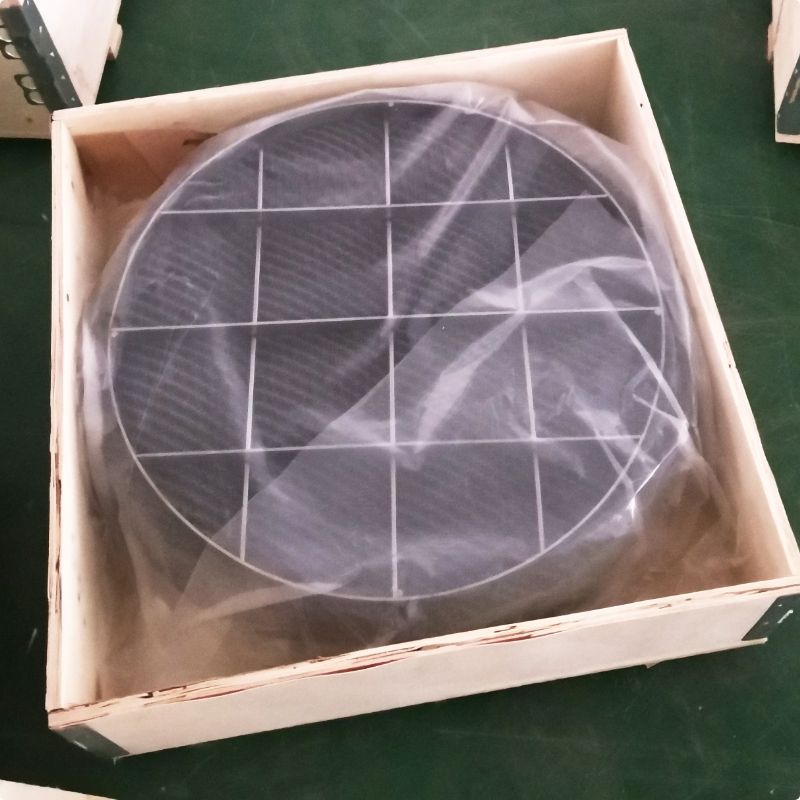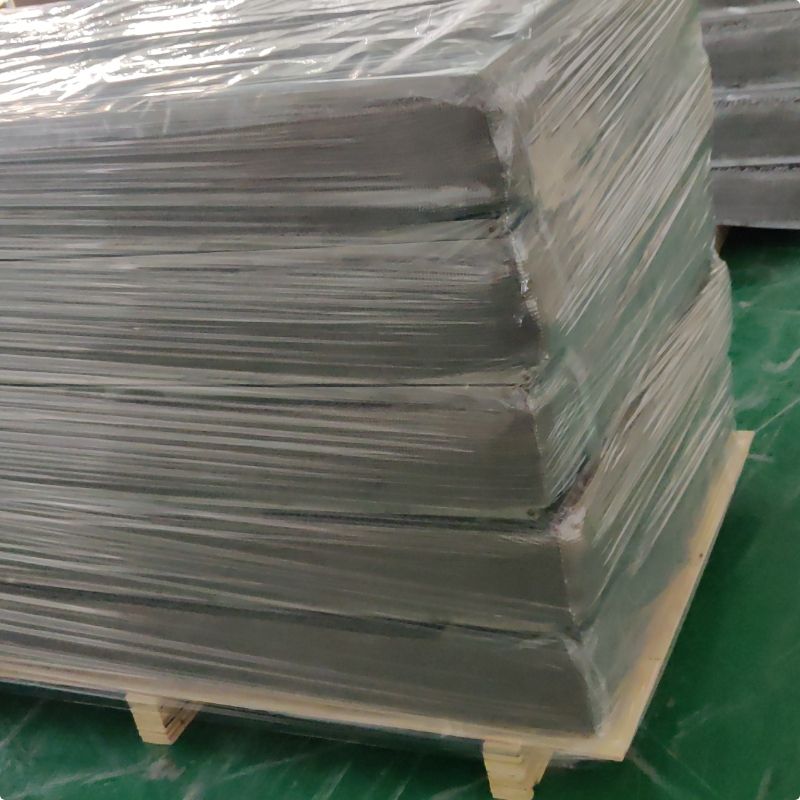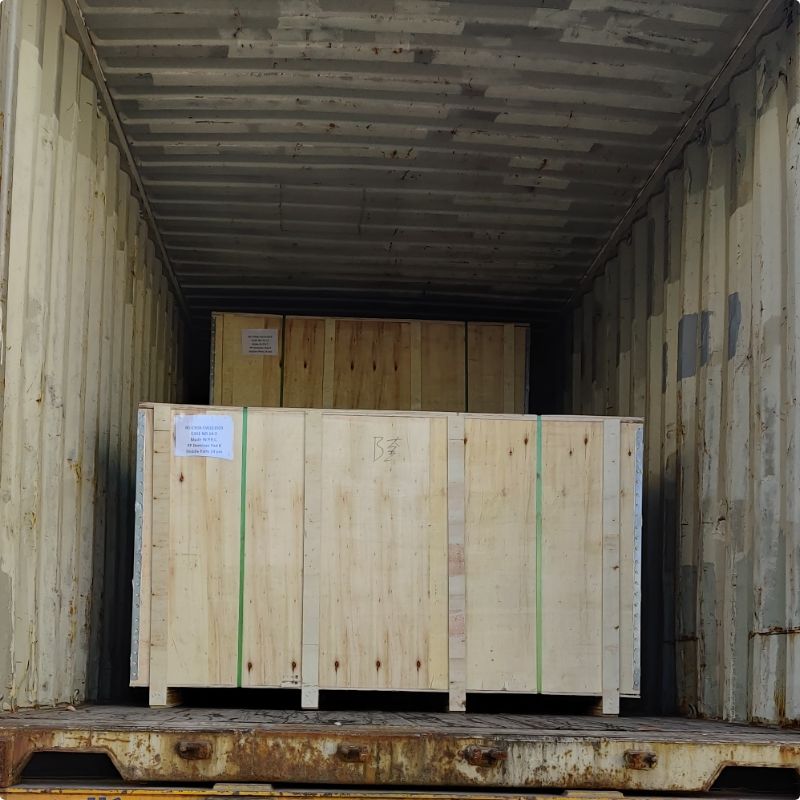Demister Pads for Different Filtering Requirements
Demister pads, also called demister, mister eliminator, vapor pad, is installed at the top of packed tower to used for removing micron-sized liquid particles from a vapor stream. It is made of knitted wire mesh, which is woven interlocked to increase contact surface and improve separating efficiency. Stainless steel, copper, Monel and other alloy as well as polypropylene and other non-metallic materials make demister pad be used in more corrosive and high temperature applications. Generally, the demister pad is commonly used with structured packing and random packing
Demister pads can help to improve the operating condition, optimize process indicators, increase the amount of processing and recovery of valuable materials, protect the environment, and decrease air pollution.








